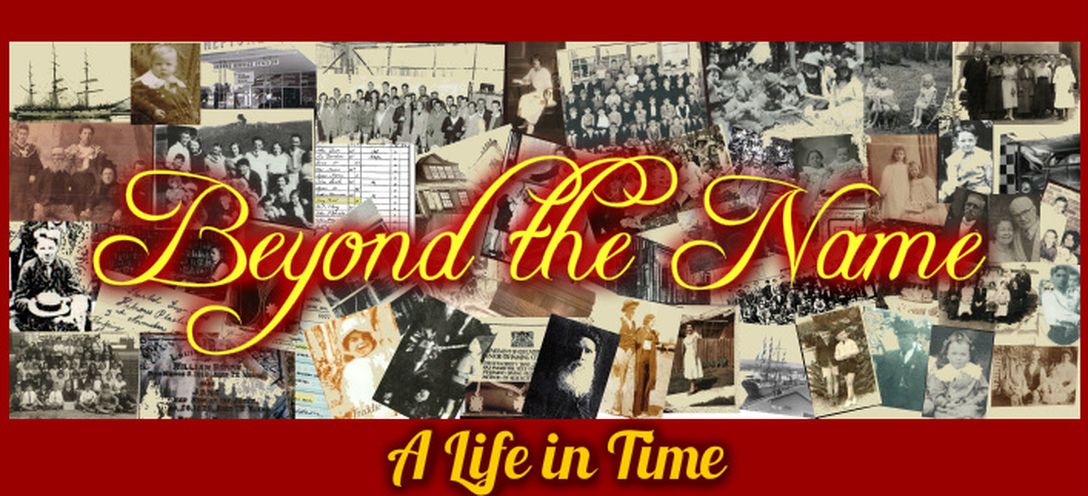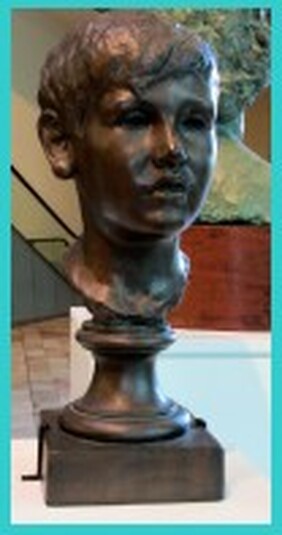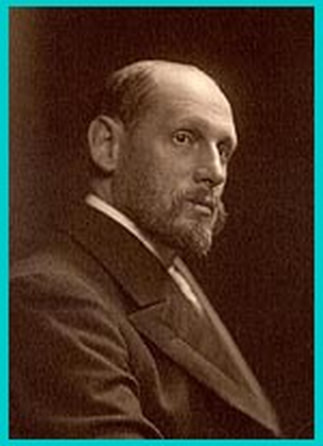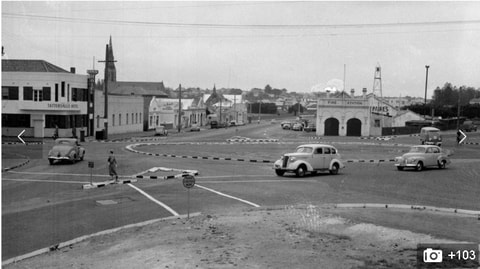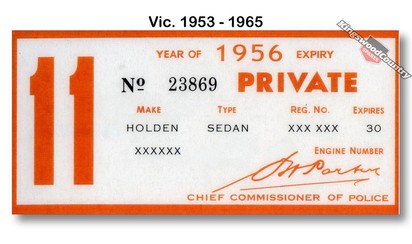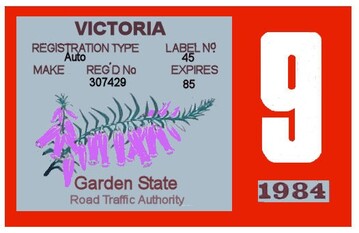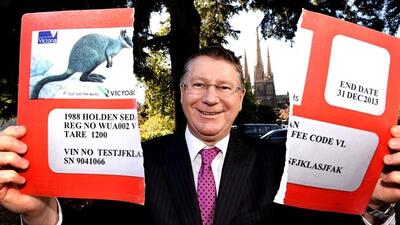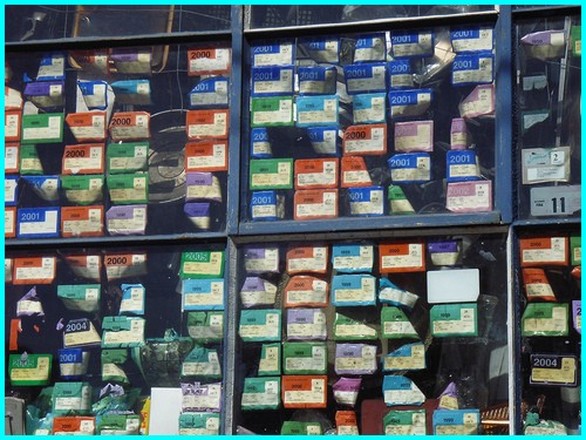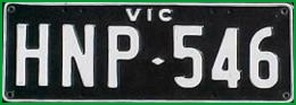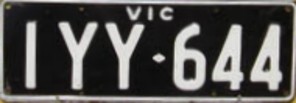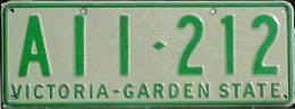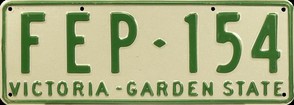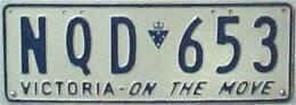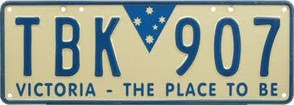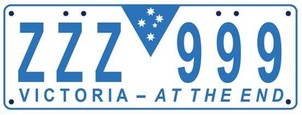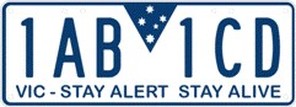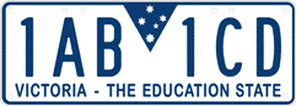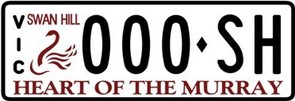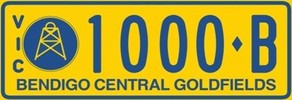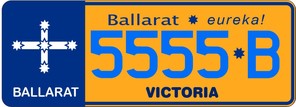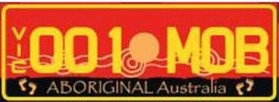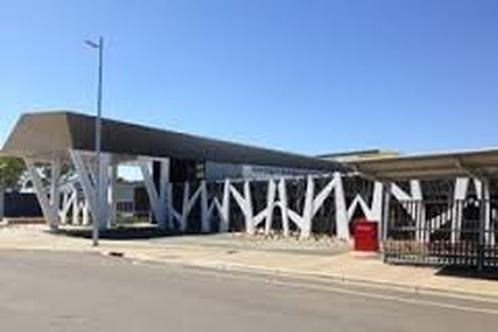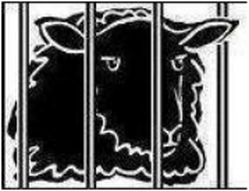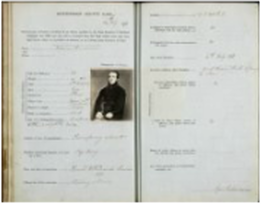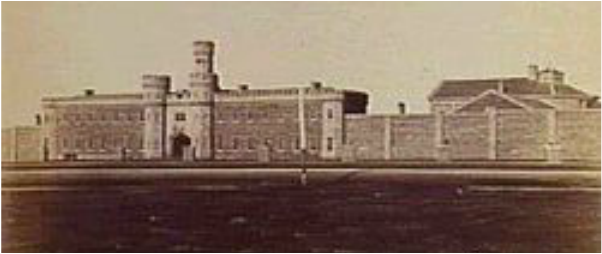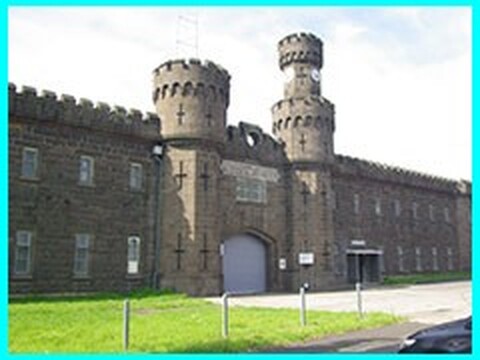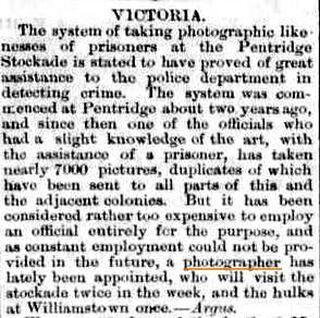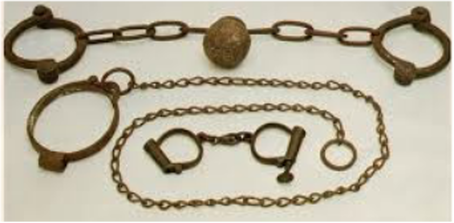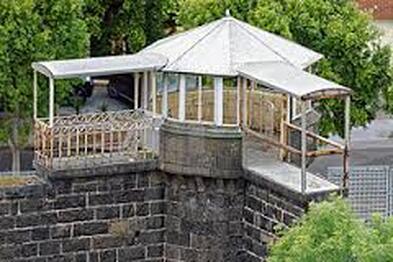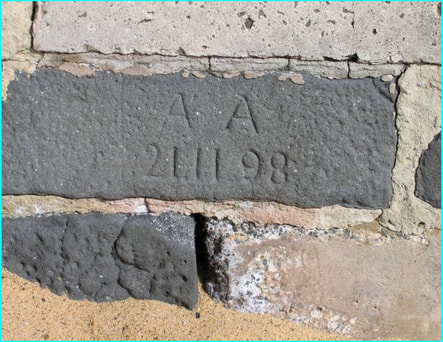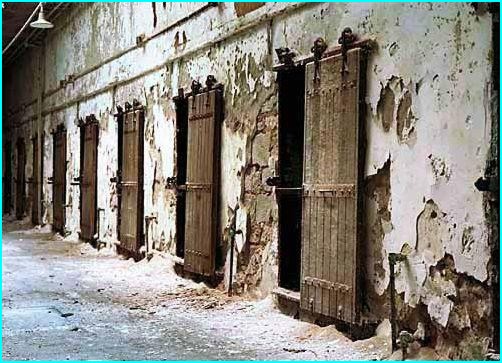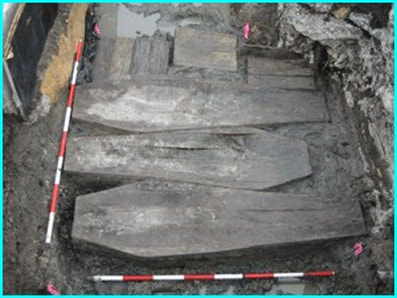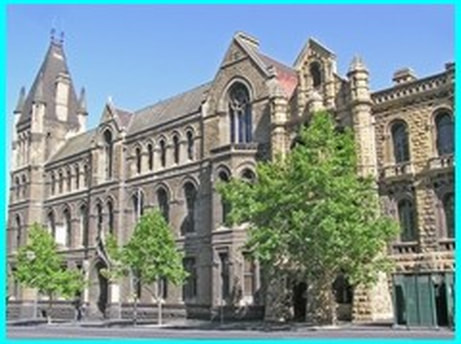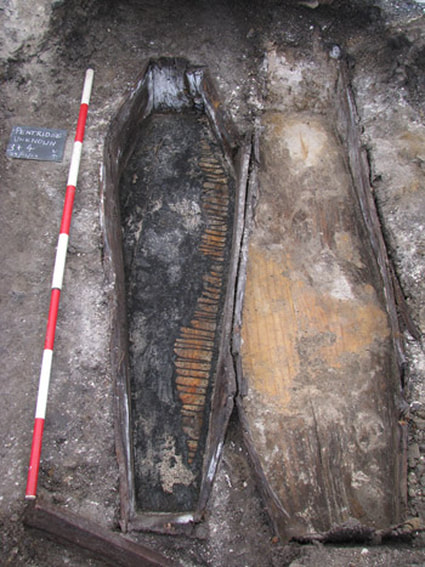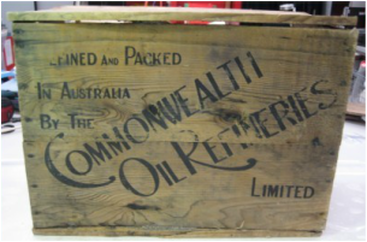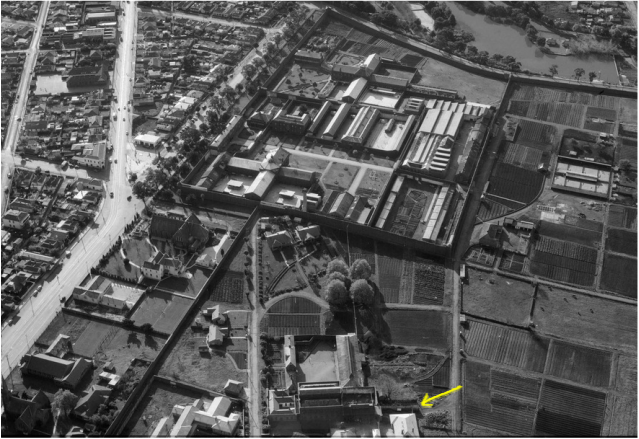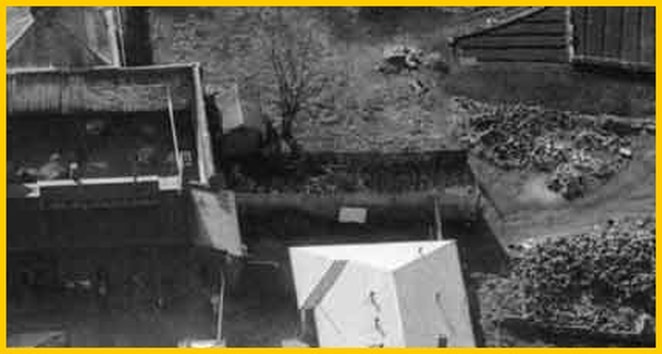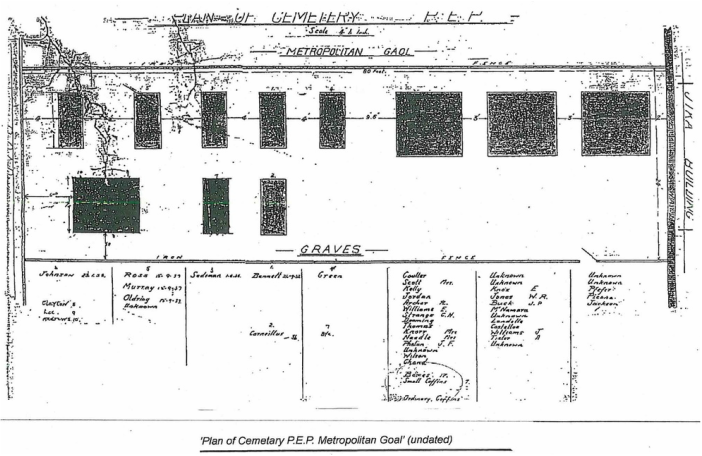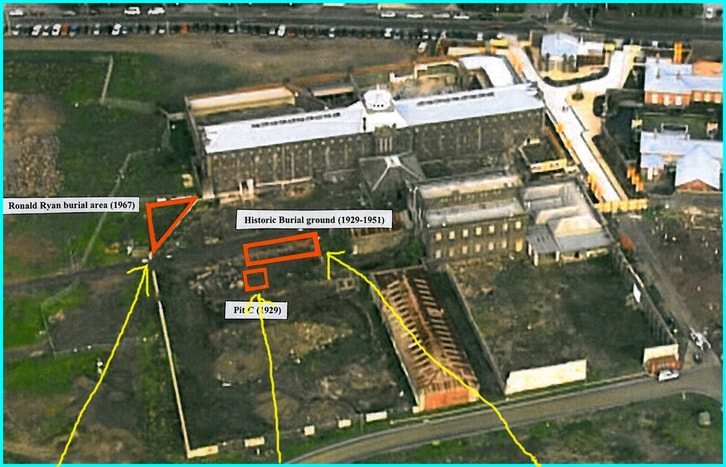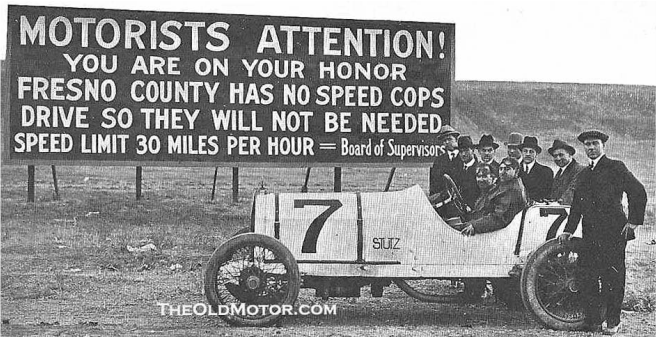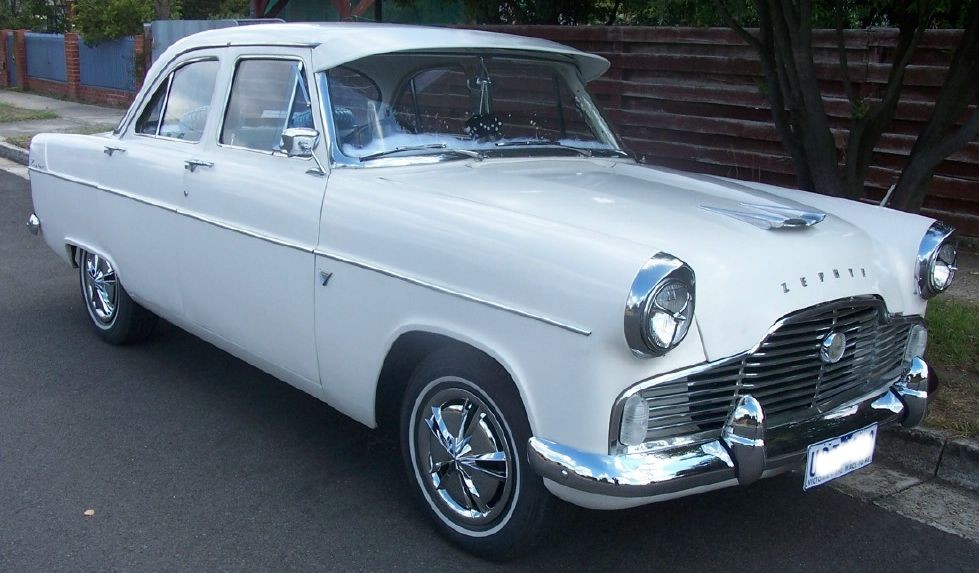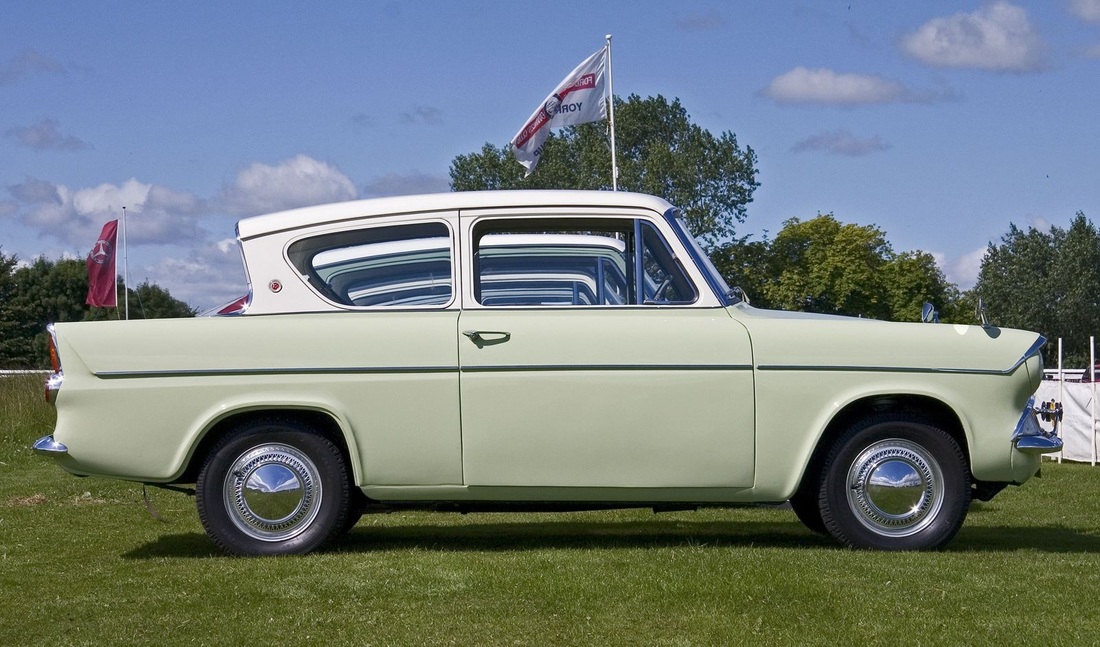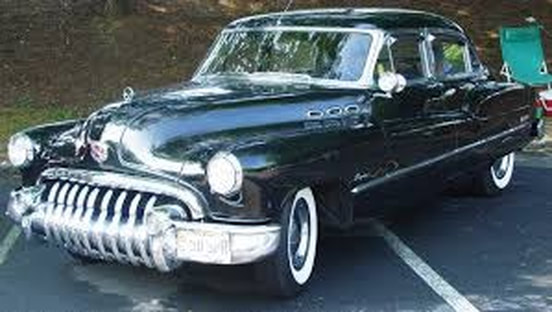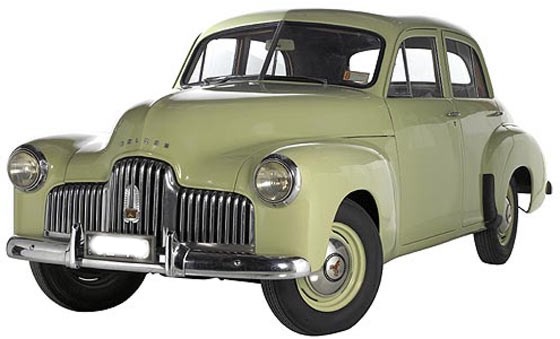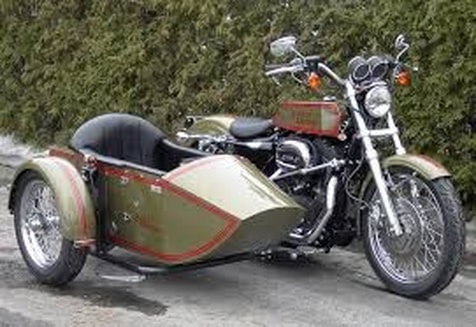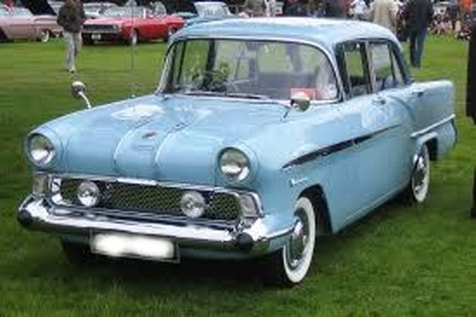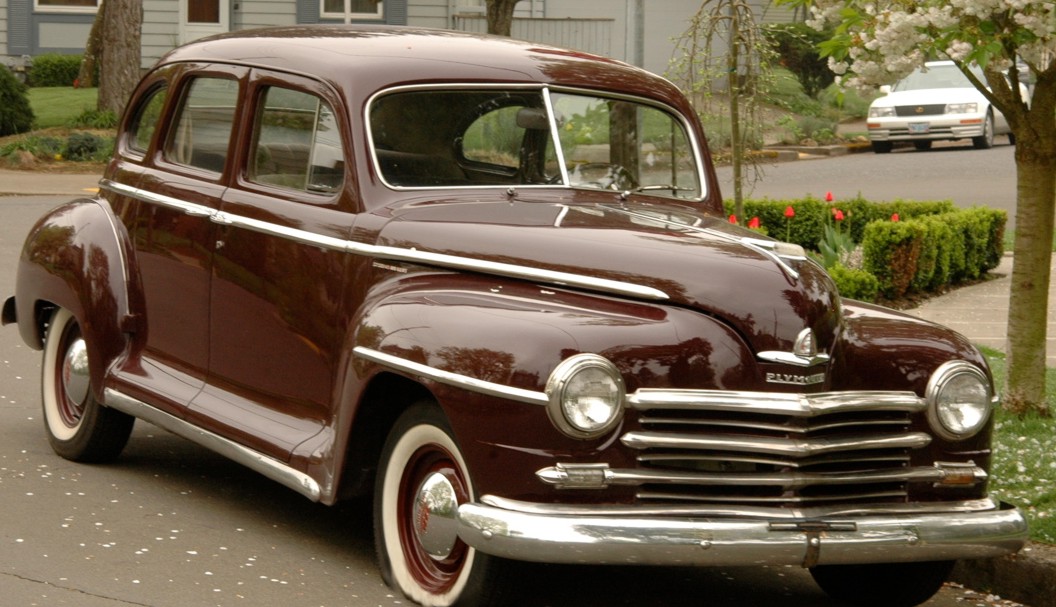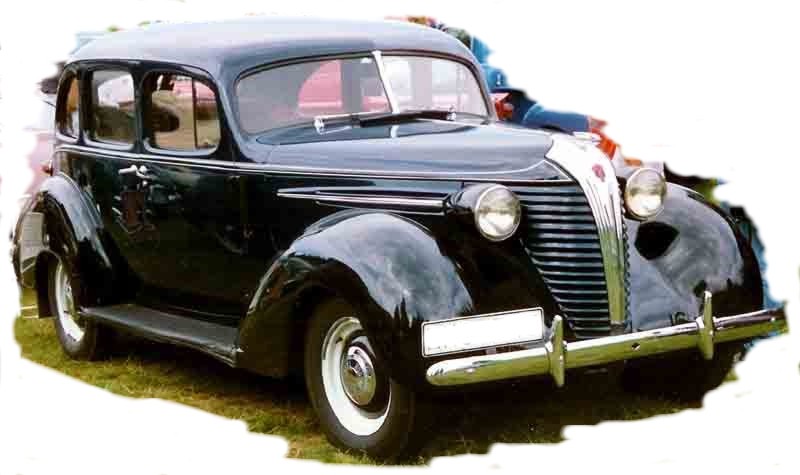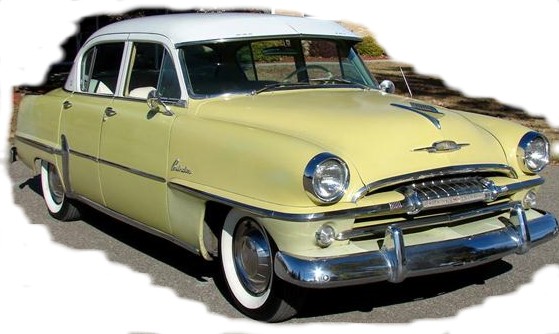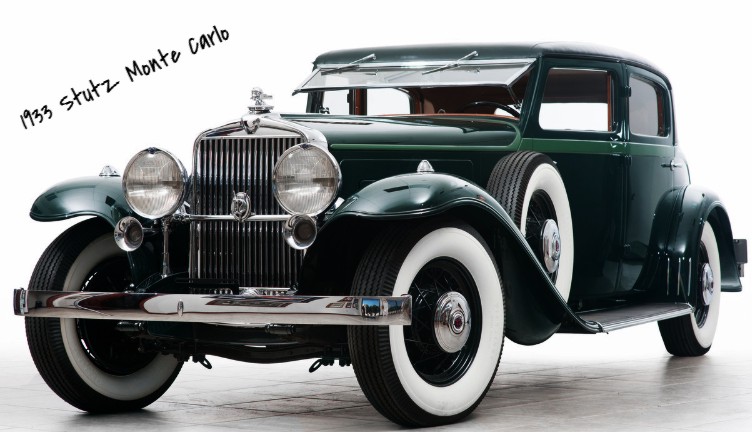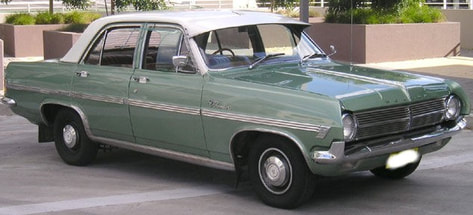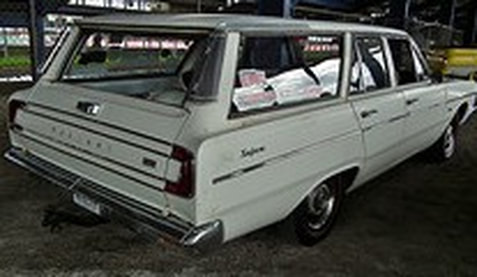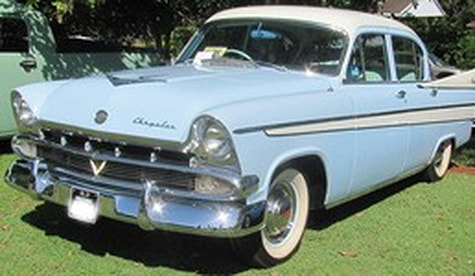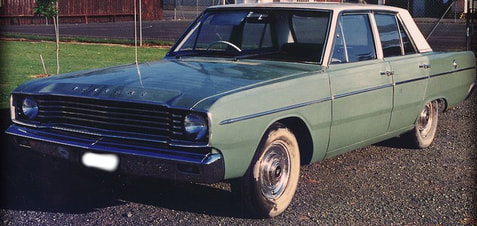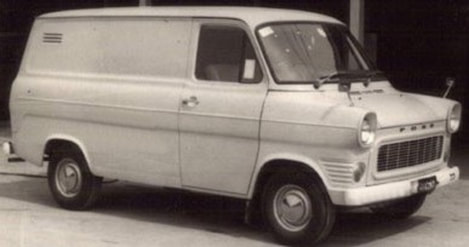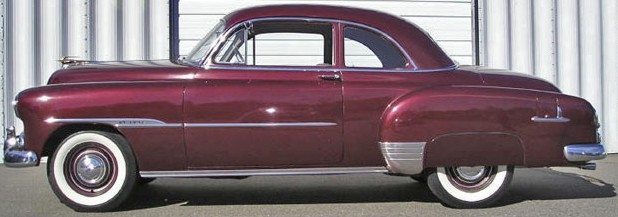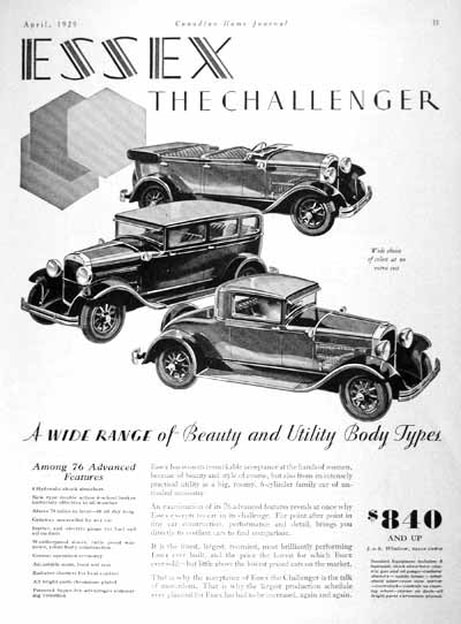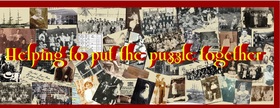|
*Please note- This site search does not include the Vic. & Tas. BMD's, Lots o' Links & Worth a Look Books
|
CALEb GRAFTON ROBERTS
HIGHWAY ENGINEER
1898-1965
Caleb Grafton Roberts was born on 31 Jan.1898 at Balmain, Sydney, only child of Thomas William Roberts, the English-born artist who founded the Heidelberg school of Arts, and his wife Elizabeth née Williamson,
who came from Melbourne. The family moved to Putney, London in 1903.
Caleb was educated at St Paul's School, London, and the Royal Military Academy, Woolwich. A keen sportsman and a good scholar, he impressed his father as being a 'model all-rounder'. On 26 August 1916 he was commissioned in the Royal Engineers. He served in Palestine (1917), on the Western Front (1917-18) and in northern Russia (1919). Promoted to lieutenant in February 1918, he won the Military Cross (1919) and played Rugby Union football for the British Army.
Roberts resigned his commission, entered East London College, University of London (B.Sc.Eng Hons, 1922), and obtained a position as assistant-engineer with the Ministry of Transport. On 30 September 1922 at the parish church, Kew, he married Norah Joan Watson. They lived near Billericay while he worked as a resident engineer on the reconstruction of the trunk road between London and Southend. With no prospects other than the promise of an interview with William Calder, chairman of the Country Roads Board of Vic., he left with his family for Melb. in August 1925. That year he began his employment with the C.R.B. as an assistant highway engineer.
Roberts was promoted to highway engineer in 1928. His re-sponsibilities included the modernizing of road-making techniques & the introduction of cheaper construction methods. 1937 he prepared the board's 'first 10-year plan for highway development'. From 1931 he was an engineer officer with the Citizen Military Forces, he was gazetted acting major on 25 September 1939 and called up for full-time duty. In Nov. he was transferred to the Australian Intelligence Corps. While serving at Army Headquarters, Melbourne, he was raised to temporary colonel and made director of military intelligence in February 1942.
On 1 July 1942 Roberts was appointed controller of the Allied Intelligence Bureau at Douglas MacArthur's General Headquarters, South-West Pacific Area. The A.I.B. spread propaganda and conducted espionage, sabotage and guerrilla operations in enemy-held territory. By 1944 Roberts had charge of an organization comprising some 2000 men from Australia, Britain, the Netherlands, the U.S.A. and countries occupied by the Japanese. On 17 October that same year he relinquished his appointment and was placed on the Regimental Supernumerary List.
Resuming work at the C.R.B., Roberts was promoted to chief engineer on 30 October 1944. He was to hold this office in a period when the number of motor vehicles on Australian roads increased enormously. The board sent him to the U.S.A. and Britain from June 1947 to January 1948 to study the latest methods of building and maintaining roads, as well as new measures to improve safety. His report constituted a landmark in the analysis of Australia's needs: it recommended fresh approaches to highway planning, to predicting traffic demand, to constructing and repairing roads, and to developing the skills of personnel involved in these activities.
Roberts urged the establishment of a national organization to study roads. After he and (Sir) Louis Loder submitted a further report to the National Association of Australian State Road Authorities, the Australian Road Research Board was established in 1959. Roberts was also committed to advancing the engineering profession; to that end, he lectured at Swinburne Technical College and the University of Melbourne.
Appointed deputy-chairman (1956) of the C.R.B., he became its chairman in July 1962. He retired on 30 June 1963, but was co-opted to serve in an advisory capacity with the A.R.R.B.
Survived by his wife & three sons, he died of coronary vascular disease on 23 November 1965 at Kew and was cremated. Allison Ind, Roberts's deputy at the A.I.B., described him as 'a man of integrity, tremendous energy, and fearless loyalty'. Colleagues at the C.R.B. found him to be kind-hearted & appreciative, despite his stern manner and military bearing.
Reference
http://adb.anu.edu.au/biography/roberts-caleb-grafton-11534
who came from Melbourne. The family moved to Putney, London in 1903.
Caleb was educated at St Paul's School, London, and the Royal Military Academy, Woolwich. A keen sportsman and a good scholar, he impressed his father as being a 'model all-rounder'. On 26 August 1916 he was commissioned in the Royal Engineers. He served in Palestine (1917), on the Western Front (1917-18) and in northern Russia (1919). Promoted to lieutenant in February 1918, he won the Military Cross (1919) and played Rugby Union football for the British Army.
Roberts resigned his commission, entered East London College, University of London (B.Sc.Eng Hons, 1922), and obtained a position as assistant-engineer with the Ministry of Transport. On 30 September 1922 at the parish church, Kew, he married Norah Joan Watson. They lived near Billericay while he worked as a resident engineer on the reconstruction of the trunk road between London and Southend. With no prospects other than the promise of an interview with William Calder, chairman of the Country Roads Board of Vic., he left with his family for Melb. in August 1925. That year he began his employment with the C.R.B. as an assistant highway engineer.
Roberts was promoted to highway engineer in 1928. His re-sponsibilities included the modernizing of road-making techniques & the introduction of cheaper construction methods. 1937 he prepared the board's 'first 10-year plan for highway development'. From 1931 he was an engineer officer with the Citizen Military Forces, he was gazetted acting major on 25 September 1939 and called up for full-time duty. In Nov. he was transferred to the Australian Intelligence Corps. While serving at Army Headquarters, Melbourne, he was raised to temporary colonel and made director of military intelligence in February 1942.
On 1 July 1942 Roberts was appointed controller of the Allied Intelligence Bureau at Douglas MacArthur's General Headquarters, South-West Pacific Area. The A.I.B. spread propaganda and conducted espionage, sabotage and guerrilla operations in enemy-held territory. By 1944 Roberts had charge of an organization comprising some 2000 men from Australia, Britain, the Netherlands, the U.S.A. and countries occupied by the Japanese. On 17 October that same year he relinquished his appointment and was placed on the Regimental Supernumerary List.
Resuming work at the C.R.B., Roberts was promoted to chief engineer on 30 October 1944. He was to hold this office in a period when the number of motor vehicles on Australian roads increased enormously. The board sent him to the U.S.A. and Britain from June 1947 to January 1948 to study the latest methods of building and maintaining roads, as well as new measures to improve safety. His report constituted a landmark in the analysis of Australia's needs: it recommended fresh approaches to highway planning, to predicting traffic demand, to constructing and repairing roads, and to developing the skills of personnel involved in these activities.
Roberts urged the establishment of a national organization to study roads. After he and (Sir) Louis Loder submitted a further report to the National Association of Australian State Road Authorities, the Australian Road Research Board was established in 1959. Roberts was also committed to advancing the engineering profession; to that end, he lectured at Swinburne Technical College and the University of Melbourne.
Appointed deputy-chairman (1956) of the C.R.B., he became its chairman in July 1962. He retired on 30 June 1963, but was co-opted to serve in an advisory capacity with the A.R.R.B.
Survived by his wife & three sons, he died of coronary vascular disease on 23 November 1965 at Kew and was cremated. Allison Ind, Roberts's deputy at the A.I.B., described him as 'a man of integrity, tremendous energy, and fearless loyalty'. Colleagues at the C.R.B. found him to be kind-hearted & appreciative, despite his stern manner and military bearing.
Reference
http://adb.anu.edu.au/biography/roberts-caleb-grafton-11534
1. Thomas William Roberts
2. Vicroads Centenary
3. Victorian Registration Labels
4. Vic. Number Plates
5. Prisoners/Pentridge
6. Prisoner Burials
7. Family History Twist- Cars
2. Vicroads Centenary
3. Victorian Registration Labels
4. Vic. Number Plates
5. Prisoners/Pentridge
6. Prisoner Burials
7. Family History Twist- Cars
Thomas William Roberts
Artist father of Caleb Grafton ROBERTS
Artist father of Caleb Grafton ROBERTS
|
Australians in Britain: The Twentieth-Century Experience
TOM ROBERTS’ LONDON YEARS http://books.publishing |
Thomas William Roberts was born in 1856 in Dorchester, England, Tom and his family migrated to Australia in 1869, settling in Collingwood. During his early years, Tom worked as a photographer’s assistant through the 1870s while studying art at night school under famous artist Louis Buvelot & became friends with fellow artist Frederick McCubbin & became key members of the Heidelberg School of art in Victoria. Tom returned to the UK for three years from 1881-1884 to further his art studies at the Royal Academy School before returning to Australia. On his return in 1885 and through to the 1890s, Tom worked in his studio at the Grosvenor Chambers & at a number of artists’ camps around Australia. The family lived in the hilly area of Kallista outside of Melbourne until Tom’s unfortunate death to cancer in September, 1931 Some of Tom’s greatest works are on show around galleries in Victoria.“Reconciliation”(ca 1886) the oil on canvas painting is part of the Castlemaine Art Gallery and Historical Museum in Castlemaine. The female model for this is believed to be Tom’s sister Harriet. The 1907 bust of Caleb (Tom and Elizabeth’s only child) is cast in bronze is on display in the National Gallery of Victoria, as is his most famous work “The Shearers”.
http://maryannadair.com/2013/09/16/keeping-it-all-in-the-family/ |
The VicRoads Centenary
|
MORE than 100 snapshots
Of south-west landmarks have been uncovered as the Country Roads Board. Photographs in the gallery date back as far as 1914, showcasing the south-west's historical roads and bridges The VicRoads Centenary Exhibition
http://www.leongathahistory.org.au/archived-posts |
Victorian Registration Labels
From 1932 Victorian Registration labels were introduced and were displayed on the windscreen or side-windows of vehicles. The label was soaked in cold water then applied to the glass, squeezing with a sponge to remove the excess gum, then it had to be scratched off for the new one. 1932 to 1953 - Non standard annual colours were used 1953 to 2012 - Annual cyclic colours of red, brown, green, orange, purple & light blue.
|
Car Registration
https://www.vicroads.vic.gov.au/newsmedia/2013/rego- stick The Victorian State Government announced at the end of 2013, that registration stickers will be abolished as of Jan.1st 2014, which would cut 'Red Tape' & cost the consumer less, but we have yet to see a reduction in the cost.
http://www.mynrma.com.au/blog/2012/11/30/the-end-of |
Some People Collect Them!
Victorian Number Plates
Plates were made either commercially or homemade, so various sizes & styles existed during this period. The correct plate should have been White on Black, but many were displayed numbers in unpainted alloy
From 1930, "VIC" inserts were added vertically down the left side.
|
In the early nineties, it was discovered that the reflective properties of the plates mainly 'C' series through to 'F' series were found to be defective & subsequently were re-called with new plates issued free of charge.
In late 1994 the Premier, Jeff Kennett, changed the plates to reflective blue-on-white with the new slogan 'Victoria- On the Move'. |
|
Yet another Change!
Future Genereal Issue plates support the new Victorian slogan - The Education State - which was released on October 16, 2015. The new General Issue plates continues with the combination range 1AA.1AA to 1ZZ.9ZZ. http://www.theage.com.au/victoria/victoria-state |
|
Victorian Regional Plates
|
Victorian Indigenous Number Plates
Auto Number Plates
The Number Plate Collection http://www.ausplates.info/index.htm Victoria no longer the place to be http://www.theage.com.au/victoria/victoria-no-long Number Plates http://www.vicnumberplates.com.au/ Victorian Number Plates http://www.qedcat.com/archive/17.html |
The New Plates will be made by prisoners at the Hopkins Correctional Centre
This should provide about 37 million new combinations
that should last the state another 50 years
This should provide about 37 million new combinations
that should last the state another 50 years
Prisoners/Pentridge
Hopkins Correctional Centre (Ararat)
Hopkins Correctional Centre is located 200 km west of Melbourne. It provides accommodation for prisoners with low to medium security protection requirements
Hopkins Correctional Centre is located 200 km west of Melbourne. It provides accommodation for prisoners with low to medium security protection requirements
|
Index to the Gaol Photographs N.S.W.
http://www.records.nsw.gov.au/state-archiv |
11 Products You Might Not Realize Were Made by Prisoners
http://mentalfloss.com/article/51037/11-products-you-might Prisons in Victoria
http://www.onlymelbourne.com.au/ prisons-in-victoria Making licence plates (Florida State Prison)
2:32 |
|
Prisoners and Convict records
http://prov.vic.gov.au/research/ prisoners PRISON AND GAOL RECORDS W.A.
http://www.sro.wa.gov.au/archive-collect BLACK SHEEP ANCESTORS- Prison Records
http://www.blacksheep |
Entrance of Pentridge gaol circa 1861.
Pentridge Prison
A Penal stockade was set up at 'Pentridge' which was the old name for Coburg & it was to receive sixteen prisoners from the overcrowded Melbourne Gaol in December 1850. Prisoners worked, slept & were fed in chains. They slept on wooden benches & ate standing outside in all weather.
A Penal stockade was set up at 'Pentridge' which was the old name for Coburg & it was to receive sixteen prisoners from the overcrowded Melbourne Gaol in December 1850. Prisoners worked, slept & were fed in chains. They slept on wooden benches & ate standing outside in all weather.
|
The purpose of the stockade was to provide labour for the construction of the newly proclaimed Sydney Road. The stockade consisted only of log huts on wheels behind a low 1.2 mtr wooden fence & because it was so insecure, mounted aboriginal troopers (police) were employed to patrol its perimeter. Pentridge was closed on May 1st 1997 & a 16 floor modern residential apartment block is being developed on the site, known as 'Pentridge Village'. Prisoners worked in various industries such as the woollen mill, bakery, printery, tailor's shop, garden, library or in the labour yard rock-breaking. A car number-plate manufactory was established in 1962. By 1945, prisoners were allowed one visit per month and to receive and send one letter a fortnight.
http://www.moreland.vic.gov.au/about-more |
Chains worn by prisoners
Murderers, rapists, child killers and drug dealers were among the thousands of hardened criminals kept within the prison's walls during its 147 year history.
Life on the inside of Pentridge Prison
http://www.heraldsun.com.au/news/law-order/life-on |
|
Part of Pentridge closed in 1997, then the remainder in 1999. In 2006, the site owner, Pentridge Village Pty Ltd, intending to redevelop the site with a massive housing and commercial development, was instructed by Heritage Victoria to undertake archaeological testing in the Prison Cemetery, to clarify whether all of the remains that were relocated from the Old Melbourne Gaol & those executed at Pentridge, could be accounted for.
|
Excavation on the site unearthed unmarked coffins containing the remains of 32 prisoners executed at the Old Melbourne Gaol and historical evidence suggests the remains of approximately 32 executed prisoners including Ned Kelly were exhumed from the Old Melbourne Gaol and buried at Pentridge in 1929.
Archaeologists believe they have confirmed the location of this burial site, which could also include the remains of serial killer Frederick Deeming.
Archaeologists believe they have confirmed the location of this burial site, which could also include the remains of serial killer Frederick Deeming.
Prisoner Burials
|
Bluestone Blocks from the Old Melbourne Gaol site
Were re-used in the construction of sea walls stretching from Brighton to Beaumaris. The initials of each executed inmate and date of execution were carved into the wall adjacent to the burial plot. As a result, at three known places along the sea wall it is possible today to see clusters of bluestone blocks with carved initials and dates Bluestone burial marker of Alfred Archer(located in sea wall on Beaumaris foreshore) executed 21.11.1898.
|
|
Old Melbourne Gaol
|
In March 2002 archaeologists from La Trobe University, working at the Old Melbourne Gaol site, made a surprising discovery. They unearthed an intact coffin buried against a bluestone wall in the area of the former gaol hospital. This unexpected find lead to a series of investigations into the history of prisoner burials at the gaol and at the former Pentridge prison in Coburg. Following the closure of the Old Melbourne Gaol in the mid-1920s the remains of all executed inmates were exhumed, transferred to Pentridge & re-interred in mass graves. |
|
In April 1929 the remains of approximately thirty individuals were exhumed from the Old Melbourne Gaol labour yard. In 1937, four additional coffins were unearthed in a different area, adjacent to the former gaol hospital. As the initial process of exhumation & the relocation of the remains to Pentridge, was carried out in a disorganised manner, some mixing & co-mingling took place while bones were ‘lying in sacks about the works’, also information about which remains had come from particular coffins & grave sites may have become confused.
|
|
RMIT (Kernot Building) site of former cell block & walled yard of Old Melbourne Gaol
|
One remaining burial was unearthed by the La Trobe University archaeology team, in March 2002 as they were monitoring landscaping works being conducted by RMIT. Between 1932 & 1967 ten inmates were executed & buried at Pentridge. A number of historical figures are among those whose remains were almost certainly moved from the Old Melbourne Gaol to Pentridge. Ned Kelly is recorded as being one. Historical evidence suggested that Pentridge was the location for approximately forty-four burials: thirty sets of remains transferred from the Old Melbourne Gaol in 1929, an additional four burials relocated in 1937, and ten burials of inmates executed and buried at Pentridge between 1932 and 1967.
|
|
Over the course of a few weeks they located the grave sites of the nine prisoners executed & buried at Pentridge between 1932 and 1951 & a single mass grave, believed to contain the remains of the four relocated from the Old Melbourne Gaol
In September 2006 consultant archaeologists conducted detailed testing across the designated Pentridge cemetery site. They demonstrated conclusively that this area contained only one burial, believed to be that of Ronald Ryan. It was then apparent that the burial locations of as many as forty-four individuals, were not known. A detailed program of historical research was done, through a range of prison & other records, to try and establish the location of the other Pentridge burial ground. The most important breakthrough came from an examination of a series of aerial images from the 1955 ‘Airspy’ series.
|
|
Burial Box
|
In February 2009 Heritage Victoria was contacted by the Pentridge site owners to inform them of the unearthing of additional burial boxes (3rd pit) located not far from the historic cemetery area. The boxes had been uncovered during site trenching work, although the burials had not been disturbed. After inspecting the site it was clear that the exposed feature consisted of more than just one or two coffins and was in fact another mass grave.
|
|
In September 2010 the State Coroner announced that she was satisfied that the human remains recovered from the mass graves at the former Pentridge prison site were the remains of judicially executed prisoners, originally interred at the Old Melbourne Gaol & that no formal inquest was required. The skull that was stolen from the Old Melbourne Gaol in 1978 and believed by some to be that of Ned Kelly, has been handed in and is now undergoing analysis. At the former Pentridge prison site in Coburg all burials are now accounted for and the burial ground that was last used in 1951 has finally been rediscovered. The Developers have set aside an area in Pentridge Village, for the remains of the prisoners.
|
Prison Cemetery- Losing the Plot- by Jeremy Smith
http://prov.vic.gov.au/publications/provenance/ provenance2011/losing-the-plot
http://prov.vic.gov.au/publications/provenance/ provenance2011/losing-the-plot
1955 ‘Airspy’ series
One image from a series of aerial images from the 1955 ‘Airspy’ series, covered the Pentridge prison site which, when magnified, showed a rectangular yard unused & overgrown with weeds, enclosed by a corrugated iron fence. The dimensions of the yard matched the size and shape of the burial ground shown in the old prison records plan.
One image from a series of aerial images from the 1955 ‘Airspy’ series, covered the Pentridge prison site which, when magnified, showed a rectangular yard unused & overgrown with weeds, enclosed by a corrugated iron fence. The dimensions of the yard matched the size and shape of the burial ground shown in the old prison records plan.
Burial Ground, old prison records plan
Ronald Ryan Burial area 1967 3rd Pit Mass grave 1929 Historic burial ground 1929-1951
|
Archaeologists dig
major new find at Pentridge Prison Archaeologists say remains of a rare, circular 1850s prison block unearthed at the former Pentridge Prison is of world significance in penal history & Pentridge had three of them, but all that is left, is their bluestone foundations. New prisoners spent 23 hours alone in their tiny cells, and for the remaining hour were each marched, with caps over their eyes, into the adjacent, one-man, wedge shaped panopticon ”airing yard”. |
Guards watching from a central tower knew prisoners by number. The yard had no roof, and inmates were expected to stay silent and study the Bible. The method was ditched by the early 1900s as prisoner numbers and therefore cell sharing increased. After its demolition in the 1950s, the ruins were buried under a yard by the time Pentridge closed.
http://www.vietnambreakingnews.com/2014/05/archaeologists-dig-major-new-find-at-pentridge-prison/
http://www.vietnambreakingnews.com/2014/05/archaeologists-dig-major-new-find-at-pentridge-prison/
Family History Twist
HAVE YOUR EVER THOUGHT OF GIVING YOUR FAMILY HISTORY A TWIST
BY ADDING SOMETHING DIFFERENT?
Your Kids or Grandkids may be interested in the cars that you or your Parents owned, rather than where they lived etc.? My Mother knew most of the cars that my Father had, as she would hold the car part for him while he fixed it! He made gaskets cut out of Weeties boxes etc. & the cars just kept on going (until he traded them in for another bomb). If you want to see something clever & have a good laugh at the same time, have a look at ABC's 'The Bush Mechanics'
BY ADDING SOMETHING DIFFERENT?
Your Kids or Grandkids may be interested in the cars that you or your Parents owned, rather than where they lived etc.? My Mother knew most of the cars that my Father had, as she would hold the car part for him while he fixed it! He made gaskets cut out of Weeties boxes etc. & the cars just kept on going (until he traded them in for another bomb). If you want to see something clever & have a good laugh at the same time, have a look at ABC's 'The Bush Mechanics'
|
I asked my Mother before she died,
to write down some of the cars that my Father owned (I know he had a lot) This was her list- (no particular order) 1968 Ford Cortina Ford Zephyr Chevy Coupe 2 Door Buick 1939 Harley Davidson with side car Bullnose Morris Cowley Chrysler Chrysler Royal Stutz 1954 Holden 1966 Holden 2 x 1968 Valiant Sedans 1968 Valiant Wagon Terraplane Essex Vauxhall Victor 1948 Holden Morris Oxford 2 x 1948 Plymounths 2 x 1954 Plymouths Then she wrote- "I can't remember anymore!" (I think that was enough Dad!) He also drove my 1974 Ford Transit Van, it felt too big for me to drive. FORD ZEPHYR
|
Morris Oxford
FORD ANGLIA
BUICK
|
|
1974 Ford Transit Van
Powerhouse Museum
http://www.powerhous emuseum.com/collection 'Mr McPhee's' day out-
A Bullnose Morris Cowley Restoration 6:12 |
CHEVY COUPE 2 DOOR
|
|
Early American cars
http://earlyamericanaut |
Bullnose Morris Club
http://www.bullnose. org |
|
THE BUSH MECHANICS
24:15 |
Bush Mechanics - Ep2 - Payback
25:28 |
|
Bush Mechanics - Ep3 - The Chase
24:23 |
Making Bush Mechanics - Behind the scenes
5:50 |

